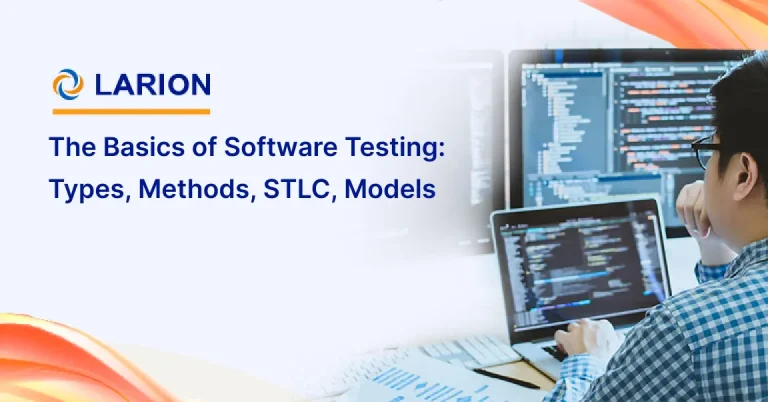Cultivate Social Communities | The First C
In our social media blog series digging into The 4 C’s of Social Media Marketing, we’ve discussed social listening as the foundation of a strong social strategy. Once that strategy is set, campaigns come to life by engaging target social communities in conversation, rather than broadcasting a message at them. Content that goes unshared is lonely, long-format advertising, not social marketing. Remember, the number one goal of any social media marketing manager is to inspire word-of-mouth buzz.
With that framework in place, we can now dive into the first C: social communities.
Social Communities are the New Target Audience
Those of us who grew up steeped in traditional marketing and advertising principles (read: those of us who remember life before the 90’s) learned that any successful marketing campaign has three components: a target audience, a message, and a channel.
Once we move from the one-way message of monologue marketing to the two-way conversation of social dialogue marketing, our target audience becomes a target community. Like advertisers, social marketers can qualify social communities with standard demographic and psychographic filters (e.g. name, age, gender, interests). However, the nature of social media is that social communities can also be evaluated by their member relationships, behaviors and profiles. With this insight, marketers can determine what sort of content is engaging its community members, and who the influencers are within that social community.
An audience, by definition, is a group of people who witness something. A community, by contrast, is an interconnected group of people who participate in something together. This is where we clearly see the difference: a monologue marketing campaign aims to influence individual audience members directly, whereas a dialogue marketing campaign aims to influence community members collectively by sparking conversation.
Find the Influencers in Social Communities
Both audiences and social communities are made up of people. Evaluating social communities as a sum of individuals allows us to examine participation and influence beyond the single target community into the other social communities where an individual may be a part. The ability to spot and engage the most influential members within a given social community is one of the big advantages social media marketers have over advertisers, and it’s why social analytics should focus on actions (shares) rather than intentions (impressions).
Finding your influencers is much more easily accomplished with the right tools. Community management has gone from the eBay model of activating an existing pool of people who chose to engage on your message boards or with your service to actively prospecting influencers within both your industry and within your frame of influence, whether or not those people have already engaged with your brand. Having sophisticated community management tools gives the social media marketer an efficient, scalable way to build strong social communities around specific campaigns, topics and other criterion.
Link:





